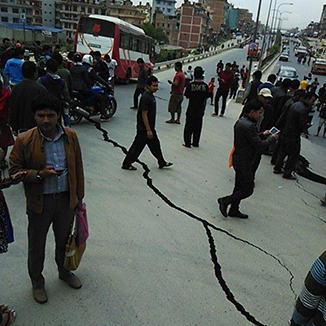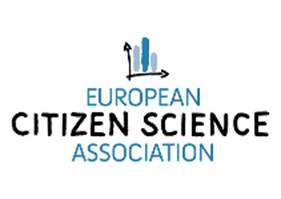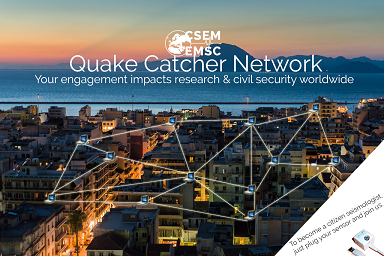
It is widely known that the more a population is informed of natural risks, the more it is resilient and able to face calamities. This is why prevention and information are important in disaster management and in the sociology of risk. Less well-known is the contribution populations themselves can provide. Knowledge is not a one-way road: scientists contribute to the general level of risk awareness in the population, but citizens can also give scientists precious insights that would otherwise have been overlooked.
That is what Citizen Seismology is about: involving citizens and using them as a primary source of information (witnesses). Such information can be used to study the population reaction to seismic events (sociology of risk and risk management), and also to obtain valuable testimonies on the seismic events themselves. Many events are, by nature, transitory: when they occur, usually no scientist is on the spot ready to record them. But local people have the ability and the technology to help. In the case of seismic events, many phenomena (dust clouds for example) can only be recorded immediately because of their transient and fleeting nature.
In partnership with:










